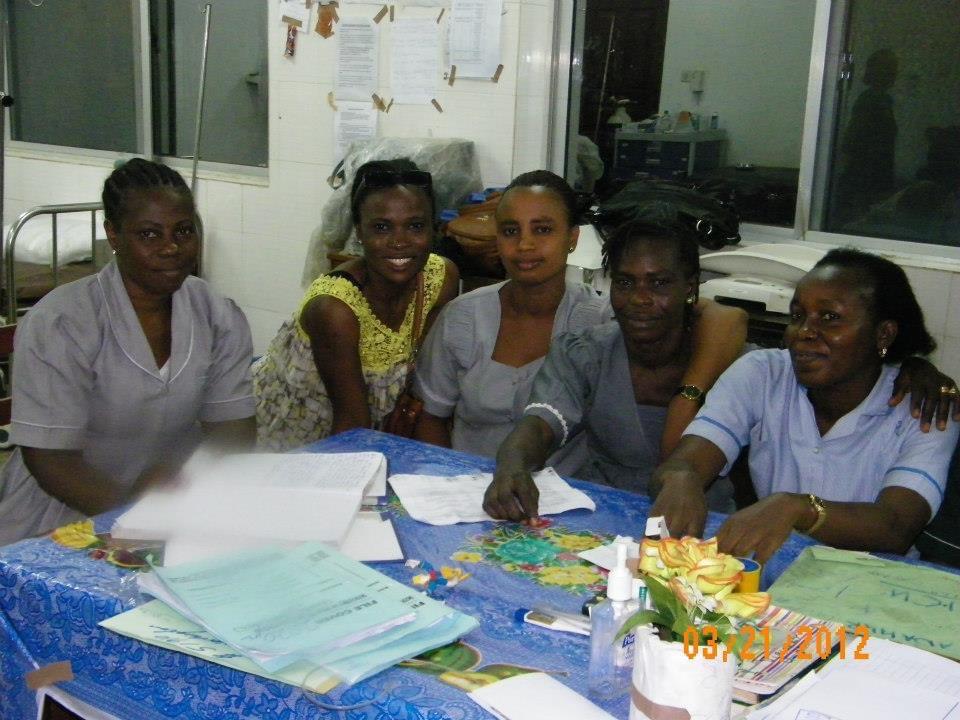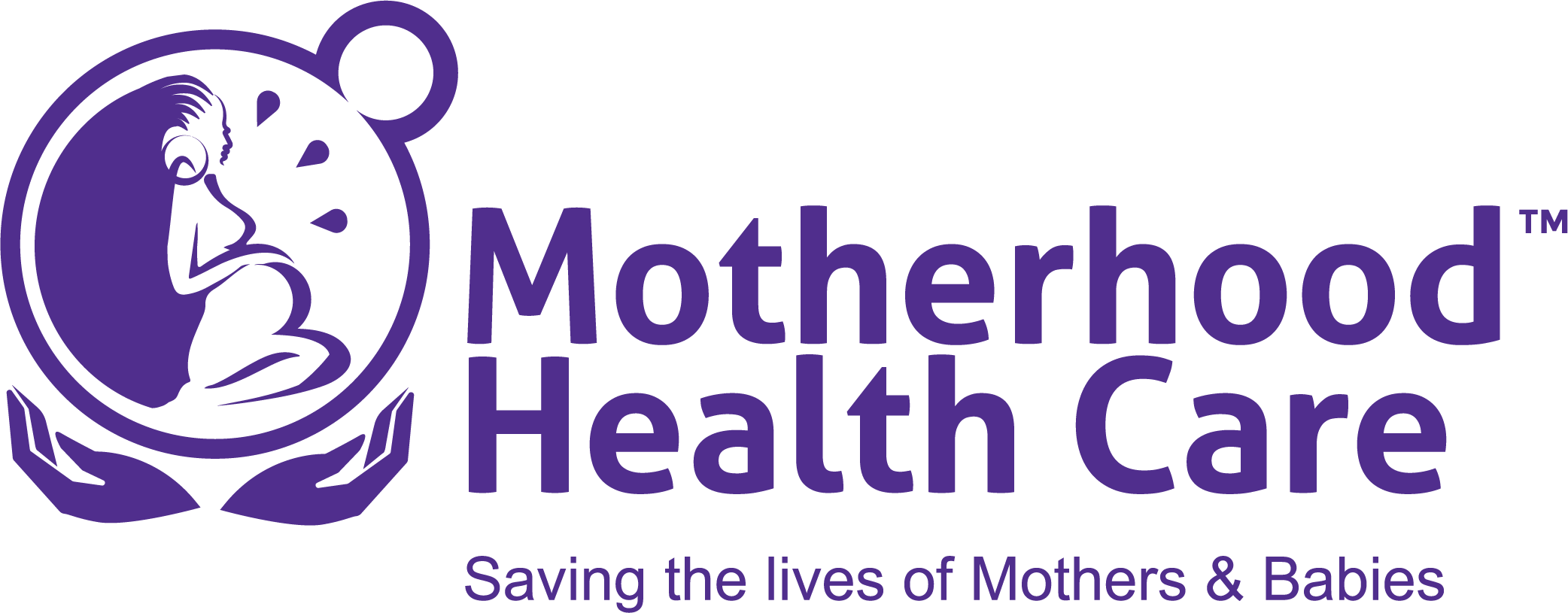What is Maternal mortality
Maternal mortality refers to the death of women during or shortly after pregnancy as a result of complications during pregnancy or childbirth. The World Health Organisation (WHO) defines maternal mortality as:
The death of a woman while pregnant or within 42 days of termination of pregnancy, irrespective of the duration and site of the pregnancy, from any cause related to or aggravated by the pregnancy or its management but not from accidental or incidental cause.
Maternal deaths are to a large extent preventable. However, approximately 15% of all pregnancies will have serious complications that could lead to death but even the five “big killers”—haemorrhage, infection, unsafe abortion, eclampsia and obstructed labour—can be treated or prevented if births are attended by a skilled health professional and emergency care is readily available.
What are the big killers?
Haemorrhage (Uncontrolled bleeding);
severe bleeding after birth can kill even healthy women within hours if unattended. (Injecting oxytocin immediately after childbirth effectively reduces the risk of bleeding).
Sepsis (Infection);
is related to poor hygiene and infection control during delivery / or presence of untreated sexually transmitted infections during pregnancy. Infection can be prevented or managed through high standards of infection control, appropriate prenatal testing and treatment of maternal infection, and appropriate use of intravenous or intramuscular antibiotics during labour and post-partum period. Infection after childbirth can be eliminated by good hygiene. Death from Infections can be reduced or eliminated when recognized early and treated.
Hypertensive Disorders/High Blood Pressure;
Pre‐eclampsia /eclampsia: Early detection and management – through monitoring blood pressure, screening urine for protein- is crucial to survival before onset of convulsions and other life-threatening complications. (Administering drugs such as magnesium sulfate for pre-eclampsia can lower women’s risk of developing eclampsia) Pre-eclampsia (toxaemia of pregnancy) is also characterized by proteinuria (protein in the urine, general oedema (swelling), and sudden weight gain. Eclampsia is characterized by kidney failure, seizures, and coma during pregnancy or post-partum. Can lead to maternal and/or infant death.
Unsafe Abortion;
In some parts of the world unsafe abortion accounts for 1/3 of maternal deaths. Globally, unsafe abortion accounts for . Preventive measures include quality family planning services; safe abortion; and competent post-abortion care.
Prolonged Or Obstructed Labour;
Caused by cephalopelvic disproportion (CPD) -disproportion between size of the fetal head and maternal pelvis; or by the position of fetus at the time of delivery. Use of assisted vaginal delivery methods such as forceps, vacuum extractor, or performing a Caesarean Section can prevent adverse outcomes. CPD is leading cause of obstetrical fistula. There is increased incidence among women with poor nutritional status. These complications can often be effectively treated or managed by accessible health systems - with adequate skilled personnel and facilities. Access to antenatal care in pregnancy, skilled care during childbirth, and care /support in the weeks after childbirth are crucial for all women. Attendance by skilled health professionals for timely management and treatment can make the difference between life and death.
These complications can often be effectively treated or managed by accessible health systems - with adequate skilled personnel and facilities. Access to antenatal care in pregnancy, skilled care during childbirth, and care /support in the weeks after childbirth are crucial for all women. Attendance by skilled health professionals for timely management and treatment can make the difference between life and death.
How does Motherhood Health Care respond?
Midwifery Training
Sub-Saharan African countries face a health-worker crisis which means that care may not be available when it is most needed. Also, the geographic distribution of health workers further complicates the issue of access as health workers tend to be more concentrated in urban areas than rural areas.
We educate and train midwives and other health professionals. Motherhood Health Care will increase survival rates by training and equipping 1,000 midwives and healthcare professional by 2030 to provide pregnant Sierra Leonean women with medical monitoring, treatment and education. MHC believes that all mothers - especially poor rural women deserve quality professional care without barriers. and 5).

Mobile outreach clinic
Poor road infrastructure and transportation pose another hurdle to effective care. Especially in rural areas, clinics are often too far away or otherwise inaccessible. This inability to reach medical attention disproportionately affects poor rural women, often resulting in their death.
Motherhood health Care’s Mobile health Clinic provides high quality antenatal, postnatal whilst also promoting good health practices by hosting workshops and distributing educational material in villages.
Build and refurbish Health Clinics and Hospitals
Lack of health infrastructure is particularly dangerous for poor rural women suffering from obstetric complications, where delays in reaching medical care can have permanent consequences. Lack of infrastructure means; unavailability and inequitable distribution of health services, including emergency obstetric services; insufficient resources and lack of medical facilities, drugs, medical equipment and supplies; a poorly equipped and inadequate referral system.
Motherhood Health Care aims is to improve access to healthcare for pregnant women by building and refurbishing maternal healthcare centres and hospitals to prevent women from travelling long distances in order to access healthcare.
Mum and baby bundle
Having a baby is a living changing experience for all women through out the world. However, poor rural women face the insecurity of not having the essentials to start with
Motherhood Health Care provided poor and vulnerable rural women with the essentials to see them through the first few days and weeks.
Stay up to date with our progress

CONTACT US
Motherhood Health care
Company House No. 07736716
Registered Charity No.1159894
83 Longcroft Rise, Loughton
Essex IG10 3ND
© 2020 Motherhood Health Care | All rights reserved.

